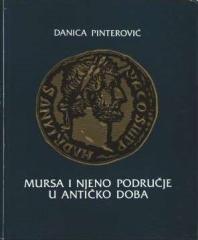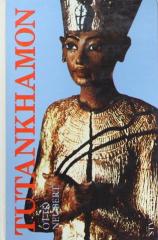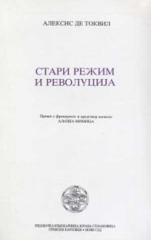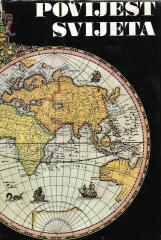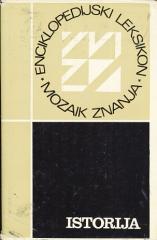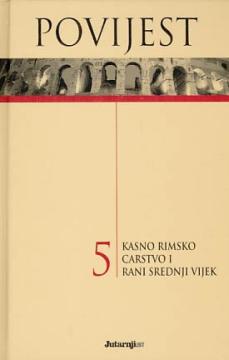
Povijest #5: Kasno Rimsko Carstvo i rani srednji vijek
Peti tom obuhvata završnu fazu u istoriji Rimskog carstva, uspon Vizantije i njeno usvajanje tradicija starog Rima, kao i istoriju Evrope nakon Velike seobe naroda. Knjiga se završava širenjem islama i stvaranjem prvih islamskih država.
Kasno Rimsko carstvo (284–476): Dioklecijan (284–305) uvodi tetrarhiju, deleći vlast između dva avgusta i dva cezara kako bi stabilizovao Carstvo u uslovima ekonomskih kriza i varvarskih invazija. Konstantin Veliki (306–337) ujedinjuje Carstvo, proglašava hrišćanstvo dozvoljenom religijom (Milanski edikt, 313) i osniva Carigrad. Teodosije I (379–395) proglašava hrišćanstvo državnom religijom i deli Carstvo na Zapadno i Istočno (395). Zapadno carstvo slabi zbog unutrašnjih sukoba, korupcije i varvarskih upada (npr. Vizigota, Vandala). Godine 476, Odoakar svrgava Romula Avgustula, označavajući kraj Zapadnog carstva. Istočno (Vizantijsko) carstvo nastavlja da postoji.
Rani srednji vek (5.–8. vek): Rani srednji vek obeležava stvaranje varvarskih kraljevstava na zapadu (Franci, Ostrogoti, Vizigoti). Franačko kraljevstvo pod Hlodovikom (496) usvaja hrišćanstvo, postavljajući temelje evropske srednjovekovne kulture. Vizantija pod Justinijanom I (527–565) pokušava da obnovi Rimsko carstvo (osvajajući Italiju, Severnu Afriku), ali ratovi iscrpljuju resurse. Islam se javlja u 7. veku, a Arapi brzo šire svoju vlast, osvajajući delove Vizantije i Persije. Hrišćanstvo i islam oblikuju kulturni i politički pejzaž.
Veze i nasleđe: Kasno Rimsko carstvo prenosi pravne, administrativne i kulturne elemente u rani srednji vek. Hrišćanstvo postaje temelj evropske civilizacije, dok Vizantija i islam oblikuju Mediteran.
Dva primerka su u ponudi
